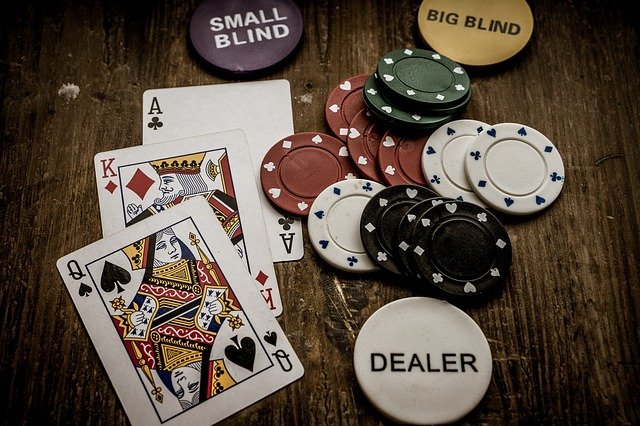
When exactly do the blinds go up?
11 April 2021 by CG Thomas
One thing I often see at the poker table, both in public tournaments and in private games, is a player hastily pushing forward their Big Blind chips when the previous hand has finished with just a few seconds of the blinds level remaining. Hoping to "beat the clock", they soon end up disappointed after being informed by the dealer that, sorry, the blinds have actually gone up now.
When hosting your own games, you can avoid such frustrations and (more importantly) any ensuing arguments by adopting and communicating some simple, clearly-defined rules to let everyone know where they stand when it comes to posting the blinds.
Here, I'll describe the common scenario that illustrates the kind of confusion that might occur, plus the rules and some variations on them that can help your game run without this potential source of trouble.
The Scenario
A player has just finished a hand of poker having been in the Under The Gun position and it's now their turn to post the Big Blind. They glance at the nearby screen that's showing the countdown timer (which just happens to be the Blinds Are Up! poker timer, naturally!) and they see there are just three seconds left before the end of this level. They're the table's short stack and the blinds are about to go up from 1,500 to a whopping 2,000 chips!
The player quickly pushes forward 1,500 of their valuable chips hoping they've made the forced bet in time.
A moment later the blinds alarm chimes, but the dealer informs our player that the Big Blind is now actually 2,000 and they have to give up another 500 of their frustratingly small chip stack.
What gives?!
The Question
Despite what a player may believe or hope for, there is one factor (in nearly all poker rooms, at least) that does not affect the size of the blind to be posted:
- The requirement to post the increased blind of a new level is NOT affected by how quickly a player pushes his chips forward after the previous hand has finished!
So the question is, when exactly after a hand has finished is the cut-off point for requiring the new, larger blind amounts in the next hand?
The Rules
There are two simple rules you can use to clearly determine which blinds level should be used for a hand:
- A new blinds level applies when the next hand begins.
- A hand begins when the dealer performs the first riffle shuffle of the hand or, if a machine is used for shuffling, when the dealer presses the shuffler button.
This means:
- If the new level starts before the first shuffle of the deck, then the new, higher blind amounts must be posted.
- If the new level starts after the first shuffle of the deck, then the old, lower blind amounts can still be posted.
Variations
The above rules are recommended by the Tournament Directors Association, and are fairly standard in poker rooms around the world. However, house rules can vary, with the following being some common variations:
- In multi-deck games, where alternating decks are shuffled ahead of time, the hand begins when the deck is cut immediately before dealing starts.
- The timer is paused at the end of each level. Once all hands currently in progress have finished, the timer is re-started and everyone continues playing at the new blinds level. (Handily, the Blinds Are Up! poker timer supports this very option.)
- In self-dealt games, a hand might start when the first card is dealt (but see the next section).
Self-dealt Games
If you are hosting a game without dedicated dealers, where the players take turns dealing, a player may be tempted to "game" the system on their turn to deal. By delaying the start of a hand long enough for the blinds to go up, they could deliberately put more pressure on the player who's posting the (now larger) Big Blind.
As the game's host, it'll be your responsibility to look out for attempts to "game" the system, gently reminding your players of the rules, and maintaining fair play for all.
